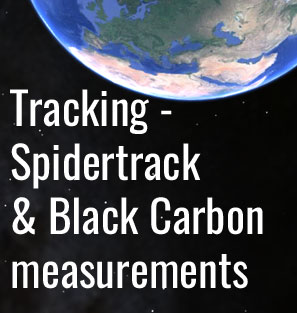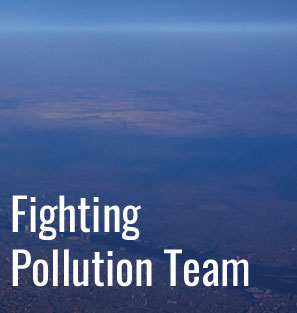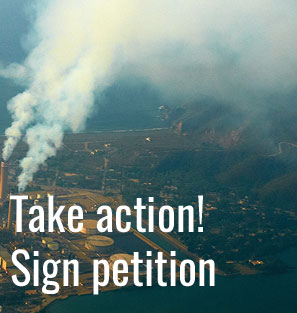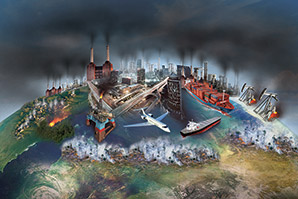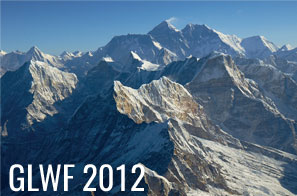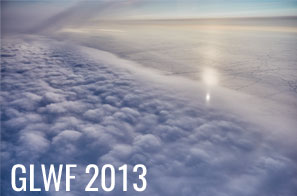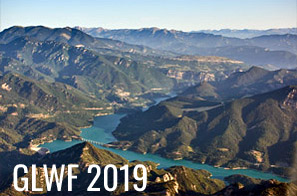
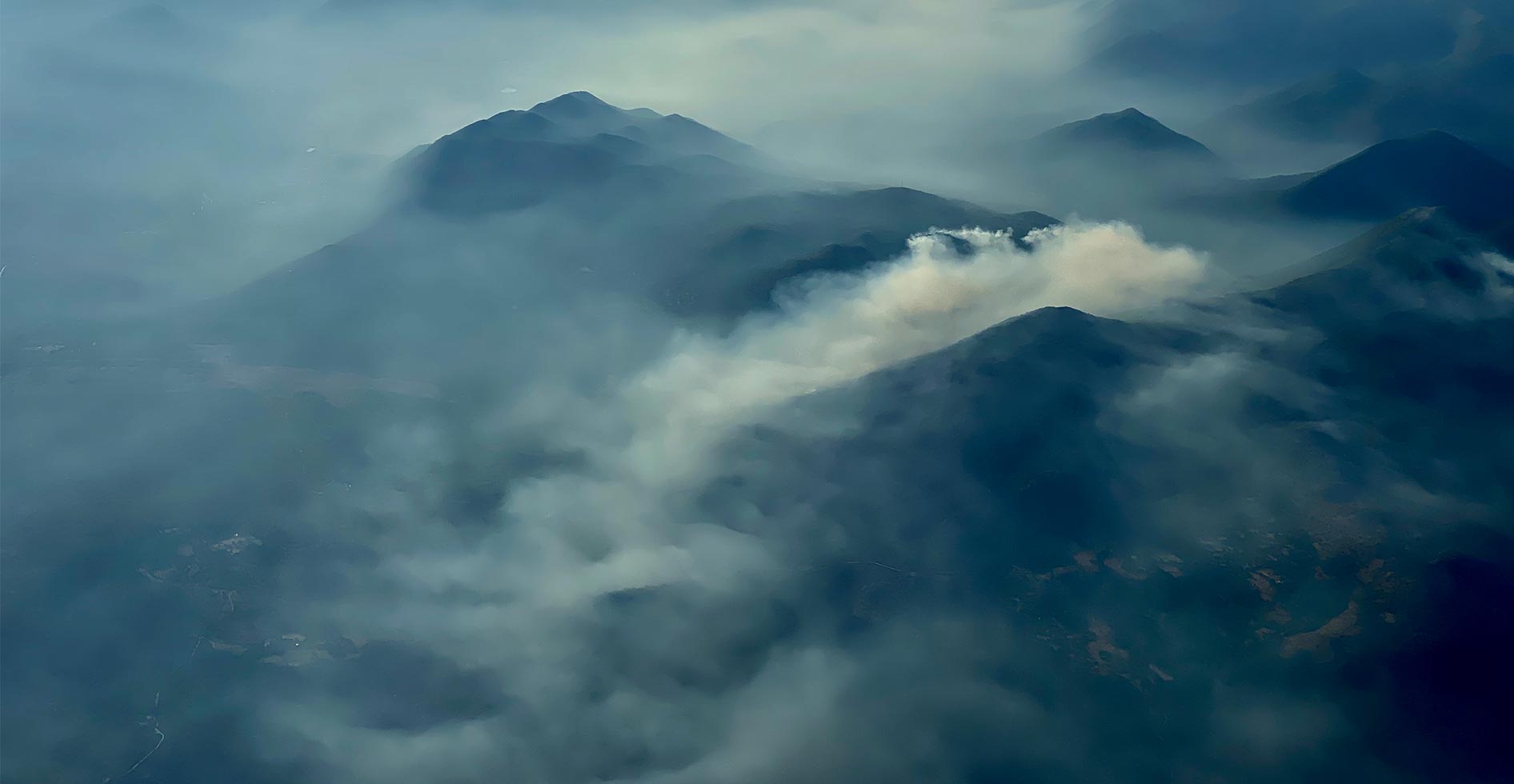




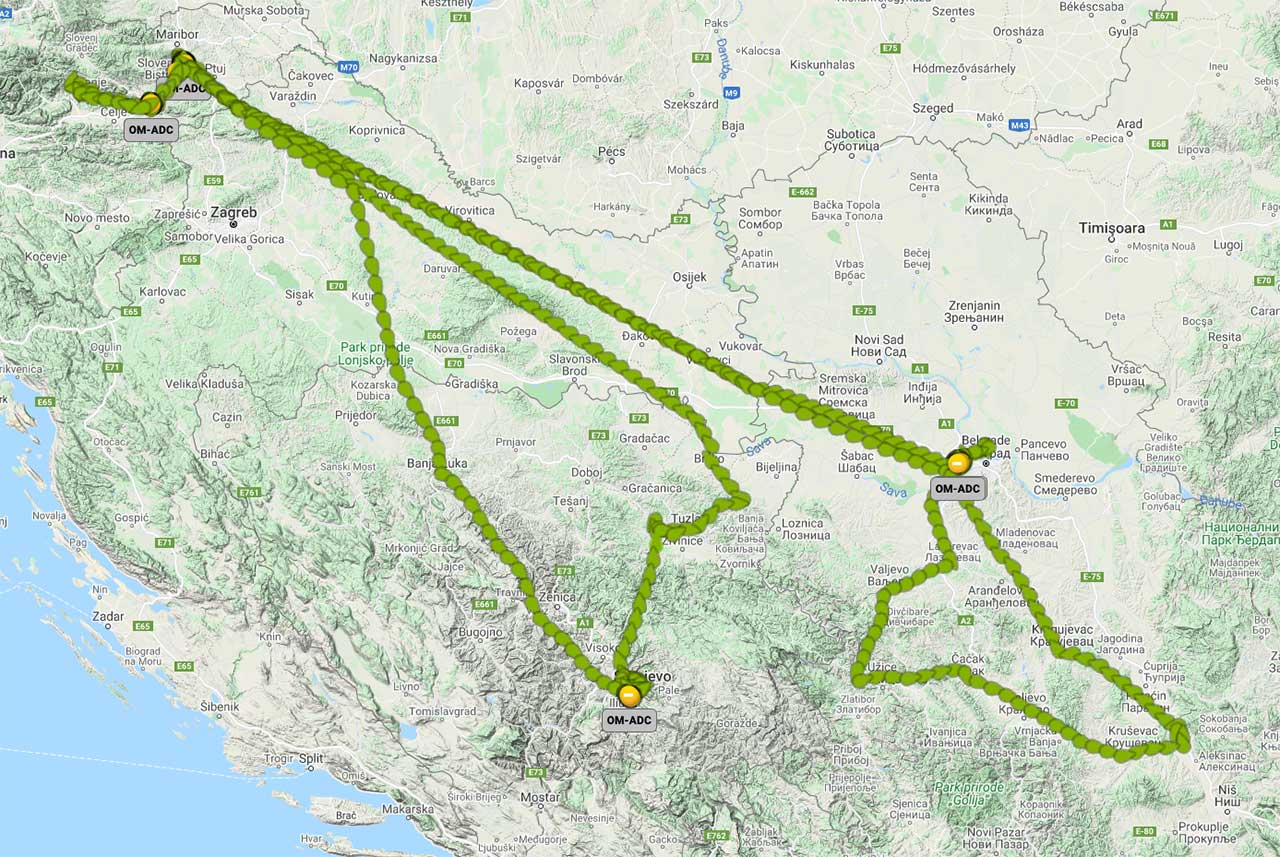
Particulate air pollution is responsible for 7 – 8 million of premature deaths globally. This is not a problem of developing countries alone. Traffic, especially aged diesel vehicles, and domestic heating with wood heavily pollute air in also Europe. South-eastern Europe is particularly affected. Energy poverty forces people to use older vehicles and stoves, causing air pollution.
In densely populated regions of the Western Balkans, people breathe air, detrimental to their health, while this being at the same time very understudied region. This means that there are few studies which would allow planning of abatement actions. Data show that the PM2.5 concentrations exceed 500 μg/m3 (Sarajevo, January 2020), making this part of Europe one of the globally most polluted regions.
Airborne measurements will allow us to characterize the local air pollution over urban areas, regional transport of pollutants away form he sources, and their vertical distribution. This will allow us to determine the sources of air pollution and their contributions, the spread of the pollution, and separate the influence of meteorology from the source behavior. Airborne measurements will be combined with ground ones, performed by the scientists in the countries in the region. The measurements will serve as the basis with which we will be able to compare after the implementation of abatement actions.

Pilot
Flying with an ultra-light aircraft in Asia is a real challenge. Large uninhabited and remote areas of Siberia, the interior of Mongolia, western China, Kazakhstan, demanding logistics, bad weather, turbulence, fuel delivery, demanding overflights and landings permissions, unpredictable costs ... There is no doubt a truer research adventure.

Scientist
Measurements over large unpopulated areas over Asia and Siberia in particular will help us understanding the background concentrations of Black Carbon and other carbonaceous pollutants and their contribution to climate change.
The planet Earth is getting warmer.
Black Carbon adds more than 1 W/m2 to the greenhouse effect.
Black Carbon is the second-largest contributor to global warming after CO2.
7 million people worldwide die every year due to air pollution.
Sea level is rising fast.
Biomass burning, transport and industry emit large amounts of Black Carbon into air.
- Flying distance of over 240 000 km
- Over all oceans
- Over all continents
- Airborne 1200+ hours
- Performed measurements in more than 110 countries
- Took more than 100 000 measurements
- Prepared more than 37 scientific presentations
- Published more than 29 scientific abstracts
- Over 1300 media releases and exhibitions





